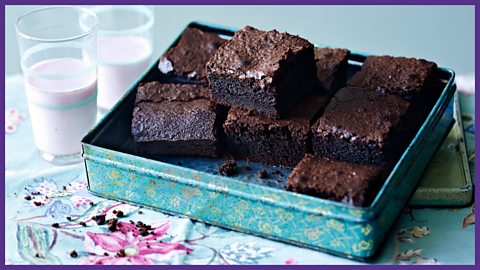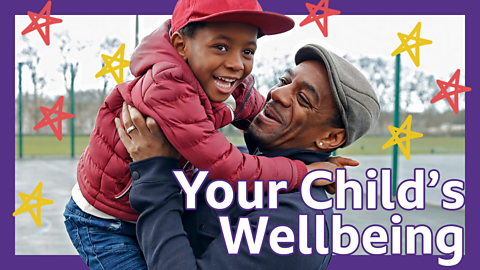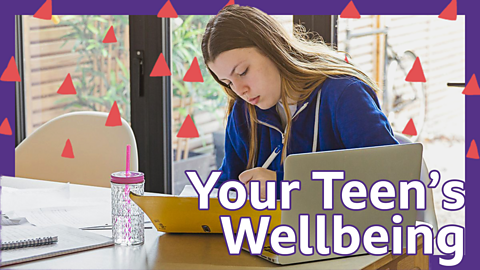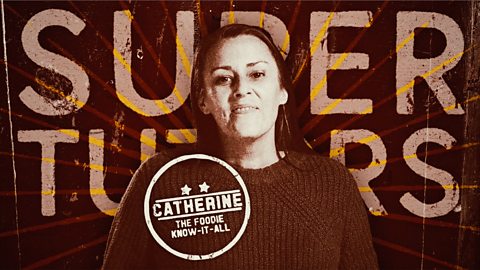
Getting your children to eat healthy foods can be hard at times, but we know that good nutrition is essential for healthy growth.
Renowned nutritionist Catherine Jeans, aka The Foodie Know-It-All, is here to explain how food has a knock-on effect on our children’s sleep, learning, behaviour and mood.

Catherine's tips
Eat to sleep
Too many sugary foods or fizzy drinks can make it difficult to switch off and relax at night so try to avoid them, especially later on in the day.   Having a glass of milk, instead of biscuits, before bed is much better for your child as milk is packed with protein and other nutrients.   Another way to make sure food doesn’t interfere with quality sleep is to choose slow-releasing carbs for dinner like potatoes, wholemeal pasta or wholemeal bread and combine them with a protein like chicken, lentils, beans or fish.
Fuel for learning
Children learn better if they have breakfast because our brains need fuel for learning.   Healthy fats are important for a healthy brain. Foods with healthy fats include eggs, nuts, seeds, avocados, olive oil and oily fish like salmon and sardines.   Another way to help with concentration is to give our brains consistent energy by eating slow carbs like oats or wholegrain cereal, rather than sugary cereals or white toast for breakfast.    White or sugary foods can leave our kids with an energy dip that can make it difficult to concentrate and increase bad moods.   Protein can help keep moods in balance. At breakfast, you can encourage your children to eat yogurt and fruit, eggs, peanut butter sandwiches or baked beans on toast. At lunch, a wholemeal sandwich with tuna or hummus is also a great way to add protein to their diets.
Do the best you can
See every meal as an opportunity to add some fruit and veg. A handful of blueberries on cereal or porridge, salad in a sandwich, chopped carrots as a snack, plenty of veg with the evening meal. Most importantly, focus on doing the best you can. Nobody has a perfect diet but there’s always some goodness you can add to a meal!

Activities to try at home
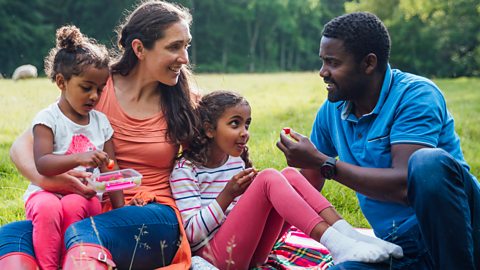
Create a high protein, slow carb breakfast menu
Create a colourful breakfast menu with your child, incorporating high protein, slow carb breakfast foods like a boiled egg and soldiers (using wholemeal bread), or yogurt and berries.   Add as many breakfast items as you can to the menu. Take pictures of the dishes or draw them to make your breakfast menu look like it has come straight from a restaurant!
Take your pick each day for a high protein, slow carb brekkie!
Pack up a picnic
As we move into spring and summer, now is the time to get out there for a picnic! Ask the kids to write a shopping list including healthy snacks and ingredients for food they can enjoy on the picnic and take them to the supermarket with you to pick the best items of the bunch!
You can pack all kinds of goodness in a picnic – it definitely doesn’t need to be just a boring sandwich. Team mini pots of carrot sticks, cherry tomatoes and berries with homemade mini quiches for protein, wholemeal dough balls for slow carbs, or homemade flapjacks, or fruity sponge cakes. Be adventurous and add in as many fruits and veggies as you can!   Not only are you learning about and consuming nutritious, filling foods but you’re also getting some fresh air which can help mental wellbeing.

Catherine's video

More from łÉČËÂŰĚł Bitesize Parents' Toolkit…
Parents' Toolkit
Fun activities, real-life stories, wellbeing support and loads of helpful advice - we're here for you and your child.
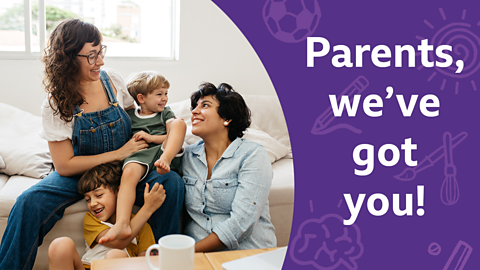
Five tips for helping your kids to eat healthily all year round
Healthy eating hacks for parents from dietitian Priya Tew.
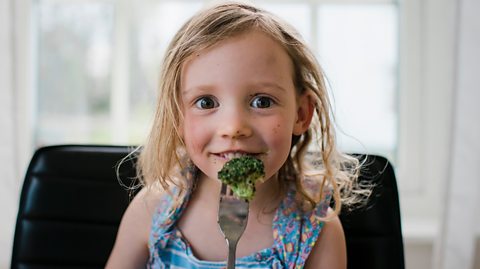
Fifteen easy lunchbox ideas
Looking for inspiration for your child’s lunchbox? Nutritionist Catherine has fifteen lunchbox ideas to keep primary school children energised
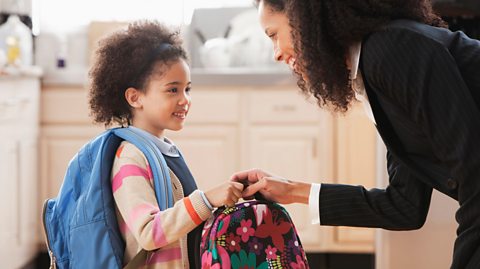
Five cooking and baking activities to try with your child
Ideas to get your kids in the kitchen, trying new flavours and learning the basics of cooking and baking.
